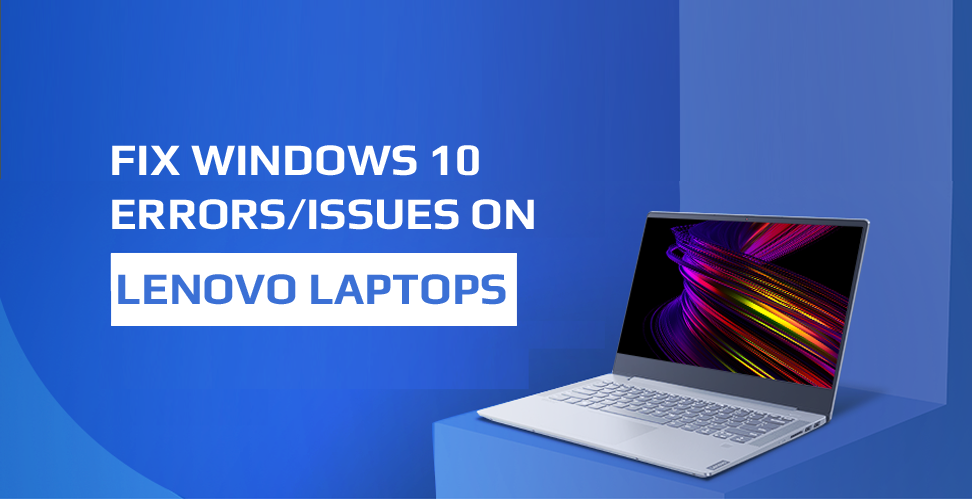

If you don't know how to do that, you might want to check the manual for that display available on the Dell Support site. Save and fast, we are here to support you and your hardware. On you can find most up to date drivers ready for download. Then make sure to set your display to its DVI input. File Name: miracast-driver-for-windows-10-64-bit.exe. As a general tip, if you're not sure how to describe something you're using, then it can be useful to post a photo showing the connectors of the cables/adapters you're using for the benefit of people here who are willing to volunteer their time trying to help you.īut based on the connectors available on your laptop and your display, for best image quality, you want an HDMI to DVI cable. And you said "via adapter", but I don't know what that means either in that context. The only parallel connector I'm aware of is the ancient LPT connector used for printers that existed before USB, but neither your system nor your display has that connector. If you want to do that, you would need that cable in addition to a video cable, not instead of.Īnd I don't even know what "Parallel" refers to. USB to USB is used to allow you to connect USB devices to the USB ports built into the display and see them on your system. They're not video inputs for the display.
/windows-10-drivers-2626219-238b6ee7292e4d51b69838330a9177f8.png)
USB ports on displays are meant to be used to connect USB peripherals. But since the display doesn't have an HDMI input, it sounds like you connected a random USB port on the display to the HDMI output on your system? That's not a valid cable setup at all. I'm not sure what USB to HDMI adapter you're referring to, but the only possible adapter that could have a USB connector on one end and an HDMI connector on the other would be an "indirect display" dongle that would require dongles specifically for that dongle.


 0 kommentar(er)
0 kommentar(er)
